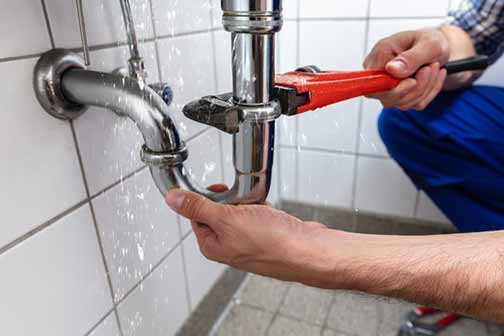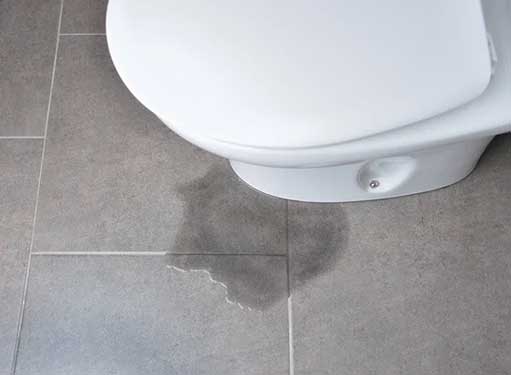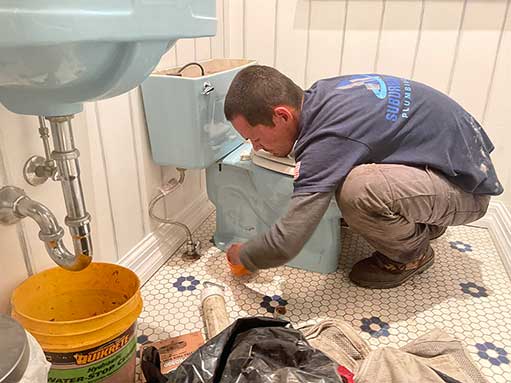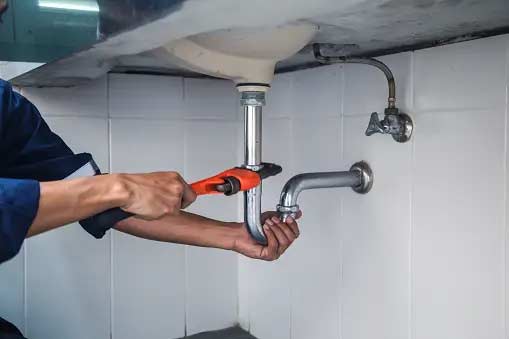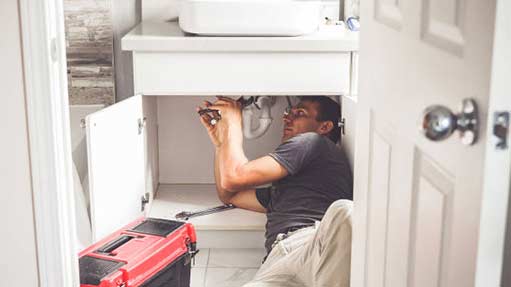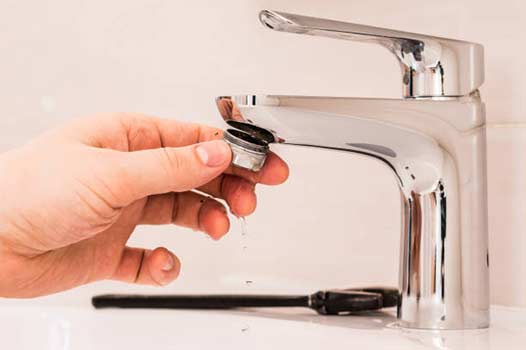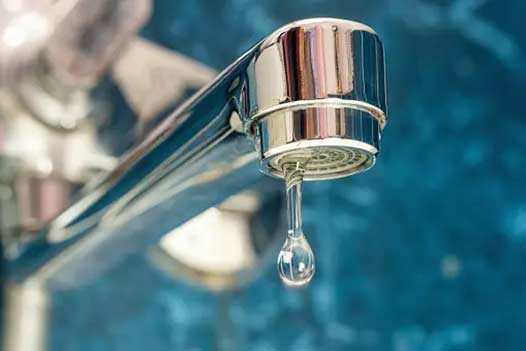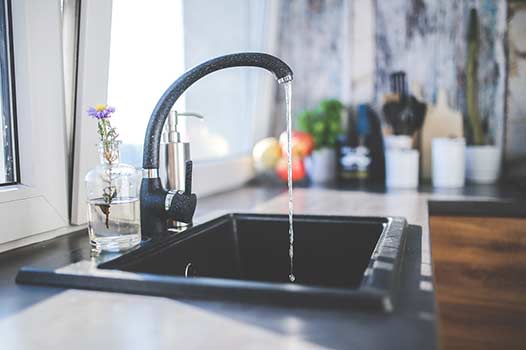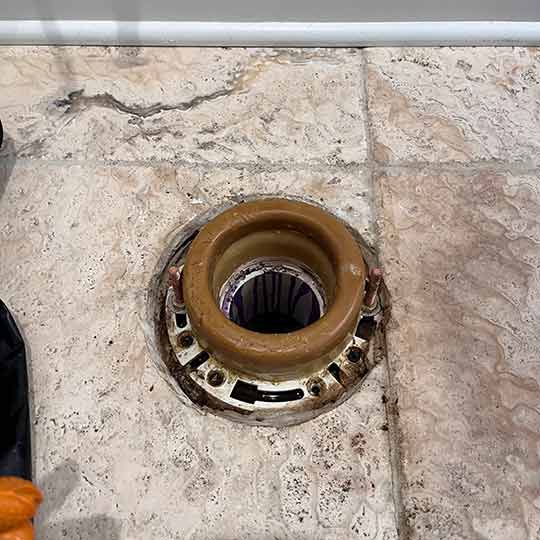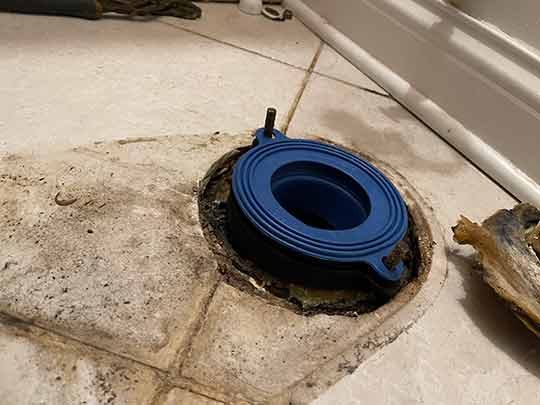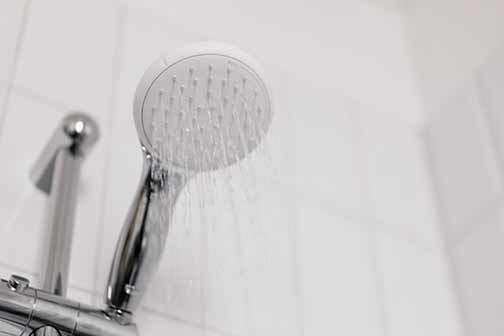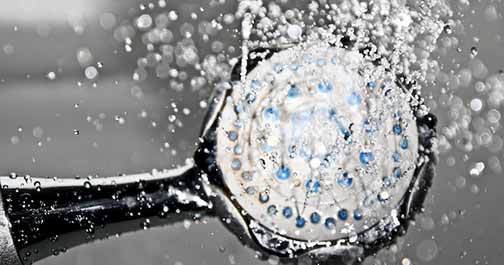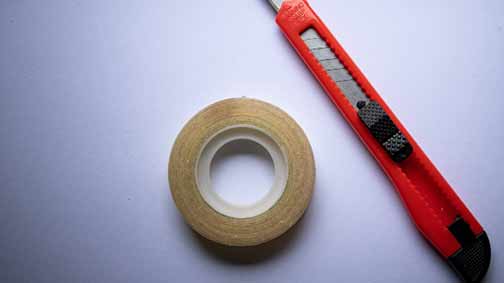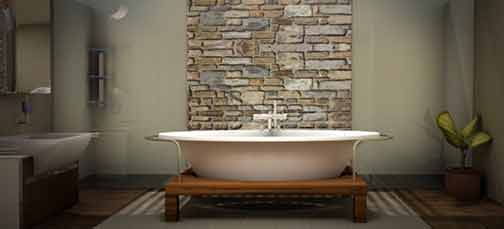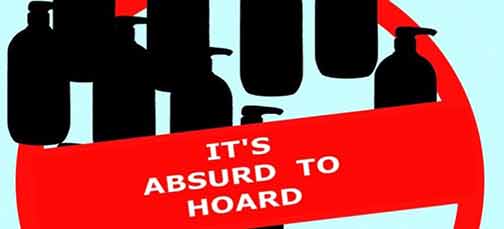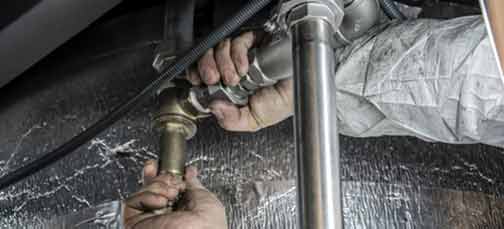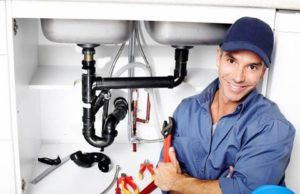Whether you’re a homeowner, renter, or landlord, it’s important to be aware of the plumbing issues that can arise in these areas and know about the expert professionals who can help you solve them. Here we’ll discuss some of the most common plumbing problems you may encounter in your kitchen and bathroom, and provide recommendations on how to prevent them or find reliable plumbing services in the Chicago area.
The Importance of a Well Maintained Plumbing System
Having a properly functioning plumbing system is crucial for your daily activities in the kitchen and bathroom. From cooking and cleaning to personal hygiene, a break or malfunction in the plumbing can disrupt your routine and cause inconvenience. It’s essential to address any plumbing issues promptly to avoid more significant problems and potential damage to your property.
Kitchen Plumbing Problems
- Clogged Drains: Clogged kitchen drains are a common issue faced by many households. Food particles, grease, and other debris can accumulate in the pipes over time, leading to slow drainage or complete blockage. This can result in unpleasant odors, the risk of flooding, and even damage to your kitchen fixtures. Regular drain maintenance and avoiding pouring grease down the drain can help prevent clogs.
- Leaking Faucets: A dripping faucet not only wastes water but can also be a significant annoyance. The constant dripping can disturb your sleep and increase your water bill unnecessarily. Chicago has a notorious history of high water bills, so it’s crucial to fix leaking faucets as soon as possible to conserve water and save money.
- Garbage Disposal Problems: Garbage disposals are a convenient appliance in the kitchen, but they can encounter issues such as jamming, humming noises, or complete failure. These problems often occur due to improper usage or disposing of items that shouldn’t go into the garbage disposal. It is vital to be mindful of what you put down the disposal and have a professional plumber address any problems promptly.
- Low Water Pressure: Inadequate water pressure in the kitchen can make tasks like rinsing dishes or filling pots a frustrating experience. Low water pressure can be caused by various factors, including mineral buildup in the pipes or issues with the municipal water supply. Speaking with a professional plumber can help determine the underlying cause and find a suitable solution.
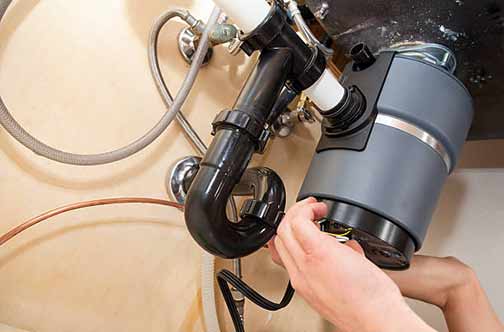
Garbage disposals are a convenient appliance in the kitchen, but they can encounter issues such as jamming, humming noises, or complete failure.
Bathroom Plumbing Problems
- Clogged Toilets: A clogged toilet is probably one of the most inconvenient plumbing problems to deal with. It can lead to overflowing, unsanitary conditions, and disrupt the normal functioning of your bathroom. While minor clogs can often be resolved with a plunger, persistent or severe clogs may require the expertise of a plumber.
- Leaking Pipes: Leaking pipes in the bathroom can cause water damage to walls, floors, and cabinets, leading to mold growth and structural problems. It’s important to address any signs of leakage promptly, such as water spots, dampness, or a musty odor. Professional plumbers can assess the extent of the leak and perform the necessary repairs or replacements.
- Faulty Shower/Tub Faucets: A malfunctioning shower or bathtub faucet can be frustrating, whether it’s a continuous drip, inconsistent water temperature, or a complete failure to turn on. These issues can disrupt your daily bathing routine and compromise your comfort. Professional plumbers can diagnose the problem and repair or replace the faulty components.
- Water Heater Problems: Reliability is crucial when it comes to hot water in your bathroom. If you’re experiencing lukewarm water, inconsistent temperatures, or no hot water at all, it may indicate a problem with your water heater. Professional plumbers in Chicago have the necessary expertise to diagnose and repair various water heater issues, ensuring you have a consistent and comfortable supply of hot water.
Choosing the Right Plumbing Experts in Chicago
When faced with any plumbing problem, it’s important to seek the assistance of professional plumbing experts. In Chicago, there are numerous reputable plumbers that can provide reliable solutions to your kitchen and bathroom plumbing issues. Here are a few tips to help you choose the right plumbing professionals:
– Ask for recommendations from friends, family, or neighbors who have had positive experiences with local plumbers.
– Research online reviews and ratings of different plumbers in Chicago to get an overview of their reputation and customer satisfaction.
– Check if the plumbing company is licensed, insured, and provides guarantees for their work.
– Inquire about their experience in handling similar plumbing problems to ensure they have the necessary expertise.
– Obtain multiple quotes from different plumbing services to compare prices and ensure you’re getting a fair deal.
By taking these steps, you can find reliable plumbing experts in Chicago who will efficiently address your kitchen and bathroom plumbing problems.
Plumbing problems in the kitchen and bathroom can disrupt your daily routine and cause inconvenience if not addressed promptly. By being aware of the common issues and potential solutions, as well as choosing the right plumbers, you can effectively tackle any plumbing problem that arises. Remember to prioritize regular maintenance and address minor issues before they escalate into more significant problems. With the help of the right plumbers in Chicago, you can ensure the smooth functioning of your kitchen and bathroom plumbing systems for years to come.
—
Do you have a kitchen or plumbing issue in Chicago that needs to be addressed? Chicago Plumbing Experts can help! Contact us below:
